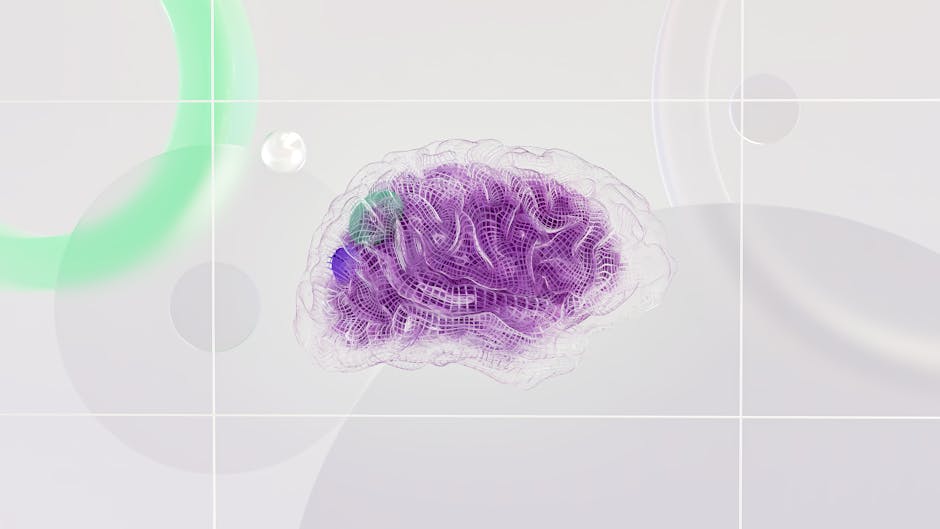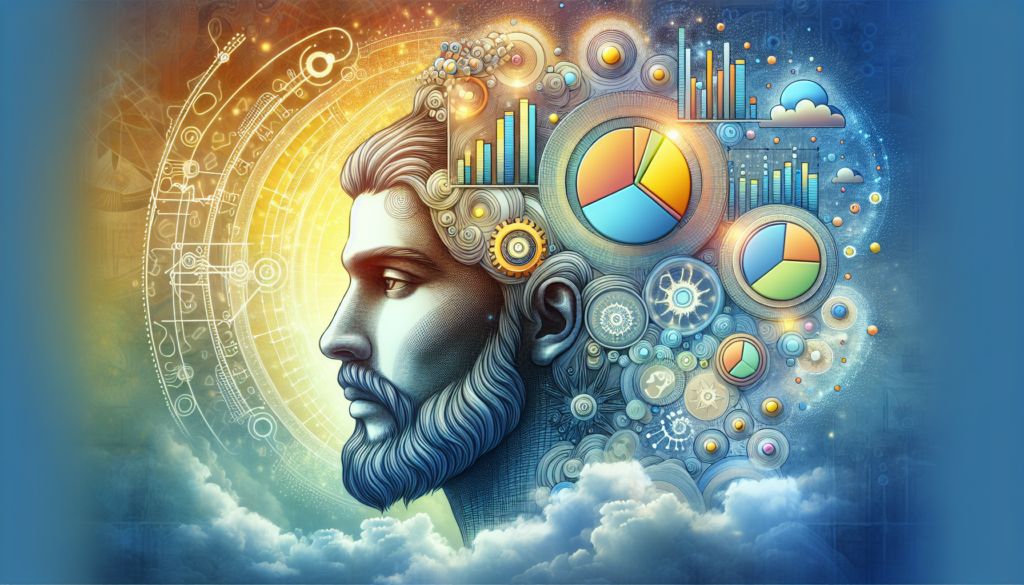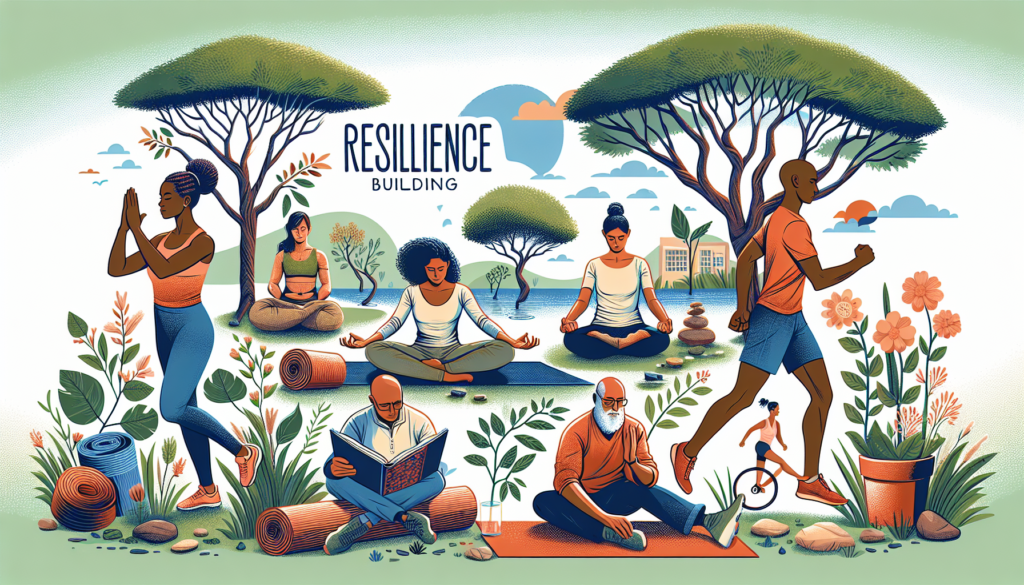Harnessing the Power of Visualization: A Comprehensive Guide
Visualization, the practice of creating mental images to achieve a specific goal or desired outcome, has been utilized across various disciplines for centuries. From athletes mentally rehearsing their performances to speakers envisioning successful presentations, the power of visualization is undeniable. This article delves deep into the intricacies of harnessing visualization, exploring its benefits, techniques, applications, and controversies. Join us on this insightful journey as we uncover the transformative potential of visualization.
The Science Behind Visualization
At its core, visualization is grounded in the principles of neuroscience and psychology. When we visualize a specific action or outcome, our brain processes it as if it were actually happening. This triggers neural pathways associated with the desired behavior, reinforcing the connection between thought and action. In essence, visualization acts as a mental rehearsal, priming our minds and bodies for success.
Research studies have highlighted the efficacy of visualization in various contexts. For example, a study published in the Journal of Sport & Exercise Psychology found that athletes who engaged in regular visualization exercises showed significant improvements in their performance compared to those who did not. This demonstrates the powerful impact of visualization on skill development and proficiency.

Practical Applications of Visualization
Visualization techniques are not limited to sports; they are widely used in diverse fields such as business, education, and healthcare. In the business world, professionals often employ visualization to set goals, make strategic decisions, and enhance creativity. By visualizing a successful outcome, individuals can align their actions and intentions towards achieving it.
Similarly, educators leverage visualization to facilitate learning and retention. By encouraging students to visualize complex concepts or processes, teachers can enhance comprehension and memory recall. Visualization also fosters creativity and problem-solving skills, empowering students to think outside the box.
Visualization in Healing and Wellness
One of the most intriguing applications of visualization is in the realm of healing and wellness. The field of mind-body medicine recognizes the profound impact of mental imagery on physical health. Through guided visualization exercises, individuals can reduce stress, alleviate pain, and promote overall well-being.
For instance, cancer patients undergoing chemotherapy have reported less severe side effects and improved quality of life after engaging in visualization practices. By visualizing their immune system attacking cancer cells or their body healing and regenerating, patients experience a sense of empowerment and hope. This holistic approach to healing acknowledges the interconnectedness of mind, body, and spirit.

Tools and Techniques for Effective Visualization
While the concept of visualization may seem straightforward, mastering this practice requires commitment and skill. Several techniques can enhance the effectiveness of visualization exercises, such as:
- Guided Imagery: Utilizing scripts or recordings to lead individuals through visualization exercises, guiding them to imagine specific scenarios or outcomes.
- Sensory Visualization: Engaging all five senses to create a vivid and immersive mental image, incorporating sights, sounds, smells, tastes, and textures.
- Emotional Visualization: Connecting with the emotions associated with the desired outcome, infusing the visualization with positive feelings of success, joy, and fulfillment.
By incorporating these techniques into their practice, individuals can deepen their visualization experience and amplify its impact on their lives.
The Ethical Considerations of Visualization
While visualization is a powerful tool for personal growth and development, it is essential to address the ethical implications of this practice. Some critics argue that visualization can lead to unrealistic expectations or promote a mindset of entitlement. It is crucial to balance visualization with action, ensuring that mental imagery is accompanied by tangible steps towards the desired goal.
Additionally, the commercialization of visualization, particularly in the self-help industry, has raised concerns about the commodification of success and happiness. It is important to approach visualization with a critical mindset, recognizing its limitations and acknowledging that true transformation requires effort, resilience, and perseverance.
Expert Opinions on Visualization
Experts in the fields of psychology, neuroscience, and performance enhancement have shared valuable insights on the power of visualization. Dr. Joe Dispenza, a renowned neuroscientist and author, emphasizes the role of visualization in rewiring the brain and creating new neural pathways. According to Dr. Dispenza, consistent visualization can help individuals break free from limiting beliefs and behaviors, paving the way for personal transformation.
Dr. Daniel Amen, a psychiatrist and brain health expert, advocates for the use of visualization to support mental health and well-being. He believes that visualizing positive outcomes and engaging in mental rehearsal can improve mood, reduce anxiety, and enhance overall brain function. Dr. Amen encourages individuals to incorporate visualization into their daily routine for optimal mental and emotional health.
Conclusion
To wrap things up, harnessing the power of visualization offers a pathway to personal growth, success, and fulfillment. By leveraging the principles of neuroscience and psychology, individuals can create a powerful mental blueprint for their desired future. Whether used in sports, business, education, or healthcare, visualization has the potential to transform lives and unlock untapped potential.
As you embark on your visualization journey, remember that consistency and intentionality are key. Set aside dedicated time each day to engage in visualization exercises, focusing on your goals and aspirations. Embrace the process with an open mind and a willingness to explore new possibilities.
Ultimately, visualization is a tool that empowers individuals to shape their reality, manifest their dreams, and live life to the fullest. So, why wait? Start harnessing the power of visualization today and watch as your visions become reality.


